A New Diffuse Optics Emitter for High Visual Diffuse Transmission Density Measurement
Abstract
Featured Application
Abstract
1. Introduction
2. Materials and Methods
3. Results
3.1. The Diffuse Coefficient
3.2. The Light Flux Relative Range (Including Linearity)
3.3. The Full Light Flux and the Noise
3.4. A High OD Sample
4. Discussion
5. Conclusions
Author Contributions
Funding
Conflicts of Interest
References
- Miedzinski, R.; Fuks-Janczarek, I. Non-linear optics study of the samples which strongly diffuse the Gaussian beam. Opt. Laser Technol. 2019, 115, 193–199. [Google Scholar] [CrossRef]
- Sekar, S.K.V.; Pacheco, A.; Martella, P.; Li, H.; Lanka, P.; Pifferi, A.; Andersson-Engels, S. Solid phantom recipe for diffuse optics in biophotonics applications: A step towards anatomically correct 3D tissue phantoms. Biomed. Opt. Express 2019, 10, 2090–2100. [Google Scholar] [CrossRef] [PubMed]
- Marongiu, D.; Lai, S.; Sarritzu, V.; Pinna, E.; Mula, G.; Mercuri, M.L.; Saba, M.; Quochi, F.; Mura, A.; Bongiovanni, G. Bifacial Diffuse Absorptance of Semitransparent Microstructured Perovskite Solar Cells. ACS Appl. Mater. Interfaces 2019, 11, 10021–10027. [Google Scholar] [CrossRef] [PubMed]
- Shokoufi, M.; Golnaraghi, F. Handheld diffuse optical breast scanner probe for cross-sectional imaging of breast tissue. J. Innov. Opt. Health Sci. 2019, 12. [Google Scholar] [CrossRef]
- Raj, D.R.; Prasanth, S.; Vineeshkumar, T.V.; Sudarsanakumar, C. Surface Plasmon Resonance based fiber optic sensor for mercury detection using gold nanoparticles PVA hybrid. Opt. Commun. 2016, 367, 102–107. [Google Scholar]
- Chang, T.C. Exploiting Optical Contrasts for Cervical Precancer Diagnosis via Diffuse Reflectance Spectroscopy. Ph.D. Thesis, Duke University, Durham, NC, USA, 2010. [Google Scholar]
- Jiao, S. A Novel Leakage Detection Method for Long Distance Gas Pipelines Based on Optic Fiber Sensor and Optical Multiplexing. In International Conference on Pipelines & Trenchless Technology; ASCE: Reston, VA, USA, 2012. [Google Scholar]
- Kim, K.H.; Jheon, S.; Kim, J.K. In vivo skin absorption dynamics of topically applied pharmaceuticals monitored by fiber-optic diffuse reflectance spectroscopy. Spectrochim. Acta Part A Mol. Biomol. Spectrosc. 2007, 66, 768–772. [Google Scholar] [CrossRef] [PubMed]
- Yu, B.; Burnside, E.S.; Sisney, G.A.; Harter, J.M.; Zhu, C.; Dhalla, A.H.; Ramanujam, N. Feasibility of near-infrared diffuse optical spectroscopy on patients undergoing image-guided core-needle biopsy. Opt. Express 2007, 15, 7335–7350. [Google Scholar] [CrossRef]
- Joseph. Balloon Catheter for Photodynamic Therapy. U.S. Patent 6,013,053, 11 January 2000. [Google Scholar]
- Epstein, J.R.; Leung, A.P.; Lee, K.H.; Walt, D.R. High-density, microsphere-based fiber optic DNA microarrays. Biosens. Bioelectron. 2003, 18, 541–546. [Google Scholar] [CrossRef]
- Binzoni, T.; Sanguinetti, B.; Van De Ville, D.; Zbinden, H.; Martelli, F. Probability density function of the electric field in diffuse correlation spectroscopy of human bone in vivo. Appl. Opt. 2016, 55, 757. [Google Scholar] [CrossRef]
- Eggebrecht, A.T.; White, B.R.; Ferradal, S.L.; Chen, C.; Zhan, Y.; Snyder, A.Z.; Dehghani, H.; Culver, J.P. A quantitative spatial comparison of high-density diffuse optical tomography and fMRI cortical mapping. Neuroimage 2012, 61, 1120–1128. [Google Scholar] [CrossRef]
- Wu, X.; Eggebrecht, A.T.; Ferradal, S.L.; Culver, J.P.; Dehghani, H. Quantitative evaluation of atlas-based high-density diffuse optical tomography for imaging of the human visual cortex. Biomed. Opt. Express 2014, 5, 3882. [Google Scholar] [CrossRef] [PubMed]
- Bergholt, M.S.; Albro, M.B.; Stevens, M.M. Online quantitative monitoring of live cell engineered cartilage growth using diffuse fiber-optic Raman spectroscopy. Biomaterials 2017, 140, 128–137. [Google Scholar] [CrossRef] [PubMed]
- Murphy, B.W.; Webster, R.J.; Turlach, B.A.; Quirk, C.J.; Clay, C.D.; Heenan, P.J.; Sampson, D.D. Toward the discrimination of early melanoma from common and dysplastic nevus using fiber optic diffuse reflectance spectroscopy. J. Biomed. Opt. 2005, 10, 064020. [Google Scholar] [CrossRef] [PubMed]
- Van Zeeland, M.A.; Boivin, R.L.; Carlstrom, T.N.; Deterly, T.; Finkenthal, D.K. Fiber optic two-color vibration compensated interferometer for plasma density measurements. Rev. Sci. Instrum. 2006, 77, 919–1157. [Google Scholar] [CrossRef]
- Pires, L.; Demidov, V.; Vitkin, I.A.; Bagnato, V.S.; Kurachi, C.; Wilson, B.C. Optical clearing of melanoma in vivo: Characterization by diffuse reflectance spectroscopy and optical coherence tomography. J. Biomed. Opt. 2016, 21, 81210. [Google Scholar] [CrossRef]
- Biswas, S.K.; Rajan, K.; Vasu, R.M. Flux density calibration in diffuse optical tomographic systems. J. Biomed. Opt. 2013, 18, 026023. [Google Scholar] [CrossRef]
- Li, C.; Wei, H.J.; Zhao, Y.; Wu, G.; Gu, H.; Guo, Z.; Yang, H.; He, Y.; Xie, S. Laser-assisted Permeation and Accumulation of Titanium Dioxide Nanoparticles in Ex Vivo Human Endometrium Tissues Monitored by OCT and Diffuse Reflectance Spectra. IEEE J. Sel. Top. Quantum Electron. 2019, 25, 1–9. [Google Scholar]
- Hassanpour, M.S.; White, B.R.; Eggebrecht, A.T.; Ferradal, S.L.; Snyder, A.Z.; Culver, J.P. Statistical analysis of high density diffuse optical tomography. Neuroimage 2014, 85, 104–116. [Google Scholar] [CrossRef]
- Sujatha, N. Optimal Source to Detector Separation for Extracting Sub-Dermal Chromophores in Fiber Optic Diffuse Reflectance Spectroscopy: A Simulation Study; SPIE Photonics Europe: Brussels, Belgium, 2014. [Google Scholar]
- Mourant, J.R.; Marina, O.C.; Hebert, T.M.; Kaur, G.; Smith, H.O. Hemoglobin parameters from diffuse reflectance data. J. Biomed. Opt. 2014, 19, 037004. [Google Scholar] [CrossRef][Green Version]
- Canpolat, M. Variation of photon density distribution with system component within Intralipid emulsion. Opt. Int. J. Light Electron Opt. 2011, 122, 887–890. [Google Scholar] [CrossRef]
- Kuzmin, V.L.; Neidrauer, M.T.; Diaz, D.; Zubkov, L.A. Diffuse photon density wave measurements and Monte Carlo simulations. J. Biomed. Opt. 2015, 9325, 105006. [Google Scholar] [CrossRef] [PubMed]
- GB/T 12823.1-2008/ISO5-1:2008; Standard Administration Committee: Beijing, China, 2008.
- Thomas, J.C. Fiber optic dynamic light scattering from concentrated dispersions. 2. Concentration dependence of the apparent diffusion coefficient for small spheres. Langmuir 2002, 5, 1350–1355. [Google Scholar] [CrossRef]
- Baker, S.F.; Walker, J.G.; Hopcraft, K.I. A dual thickness spatial system for determining optical coefficients from scattering media. Meas. Sci. Technol. 2004, 15, 501. [Google Scholar] [CrossRef][Green Version]
- Norris, A.N. Diffuse wave density and directionality in anisotropic solids. J. Acoust. Soc. Am. 2008, 123, 1399. [Google Scholar] [CrossRef] [PubMed]
- Matvienko, A.; Mandelis, A.; Jeon, R.J.; Abrams, S.H. Theoretical analysis of coupled diffuse-photon-density and thermal-wave field depth profiles photothermally generated in layered turbid dental structures. J. Appl. Phys. 2009, 105, 102022. [Google Scholar] [CrossRef]
- Zhang, E.Z.; Vakoc, B.J. Polarimetry noise in fiber-based optical coherence tomography instrumentation. Opt. Express 2011, 19, 16830–16842. [Google Scholar] [CrossRef] [PubMed]
- Pinkel, D.; Gray, J. High Density Array Fabrication and Readout Method for a Fiber Optic Biosensor. Biosensors & Bioelectronics. U.S. Patent 6,417,506, 9 July 2002. [Google Scholar]
- Dastgeer, S.; Zank, G.P. Density Spectrum in the Diffuse Interstellar Medium and Solar Wind. Astrophys. J. 2008, 602, L29. [Google Scholar] [CrossRef]
- Li, J.; Liu, Z. Multispectral Transforms Using Convolution Neural Networks for Remote Sensing Multispectral Image Compression. Remote Sens. 2019, 11, 759. [Google Scholar] [CrossRef]
- Gregg, N.M.; White, B.R.; Culver, J.P. High-density diffuse optical imaging improves brain-specificity and resolution of functional neuroimaging. Neuroimage 2009, 47, S141. [Google Scholar] [CrossRef]
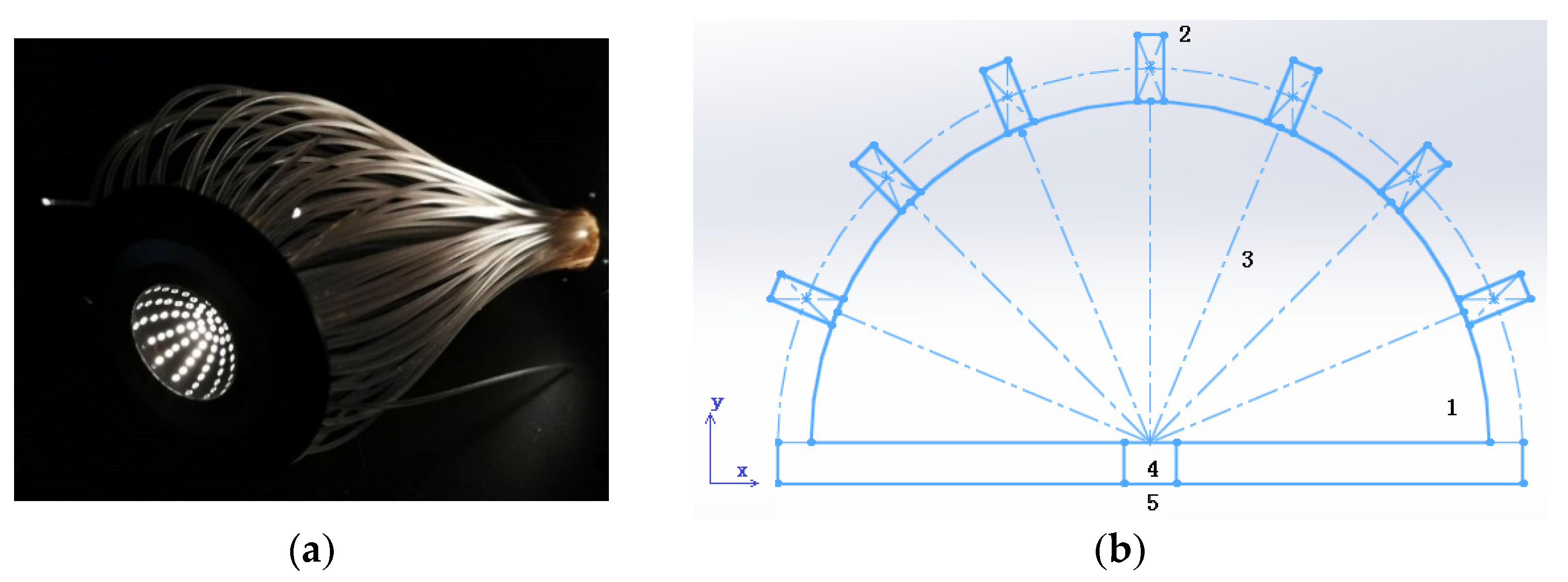
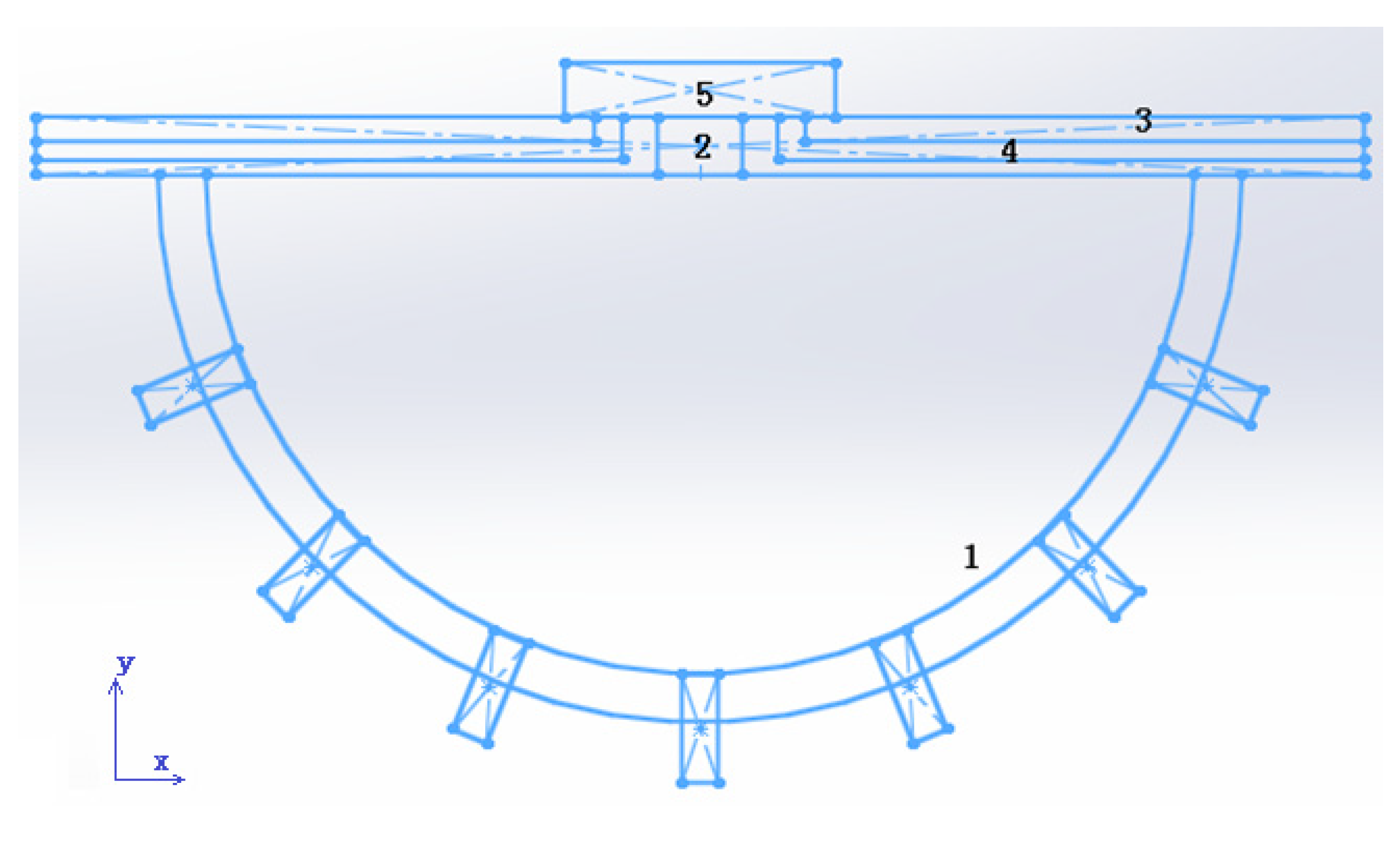
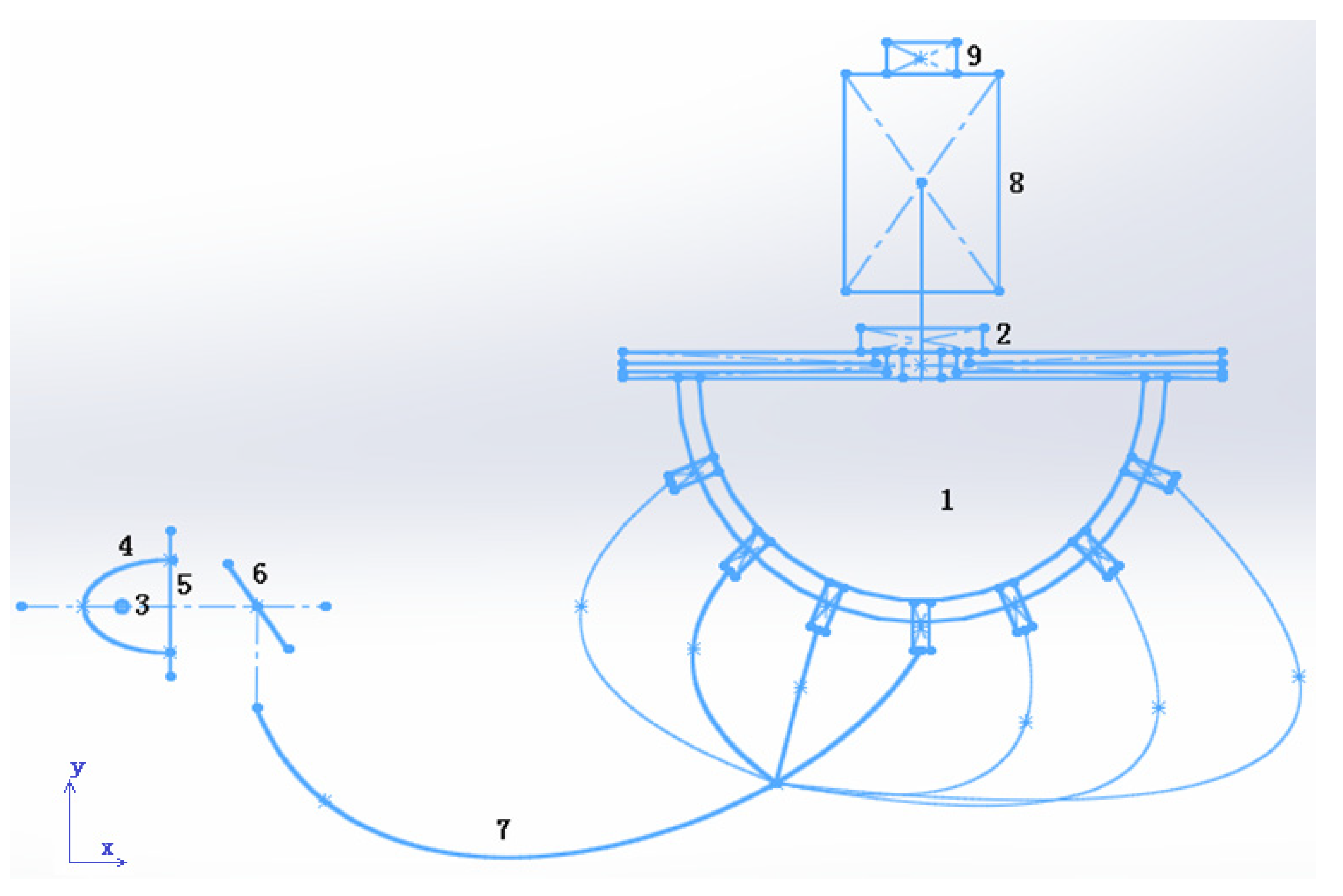

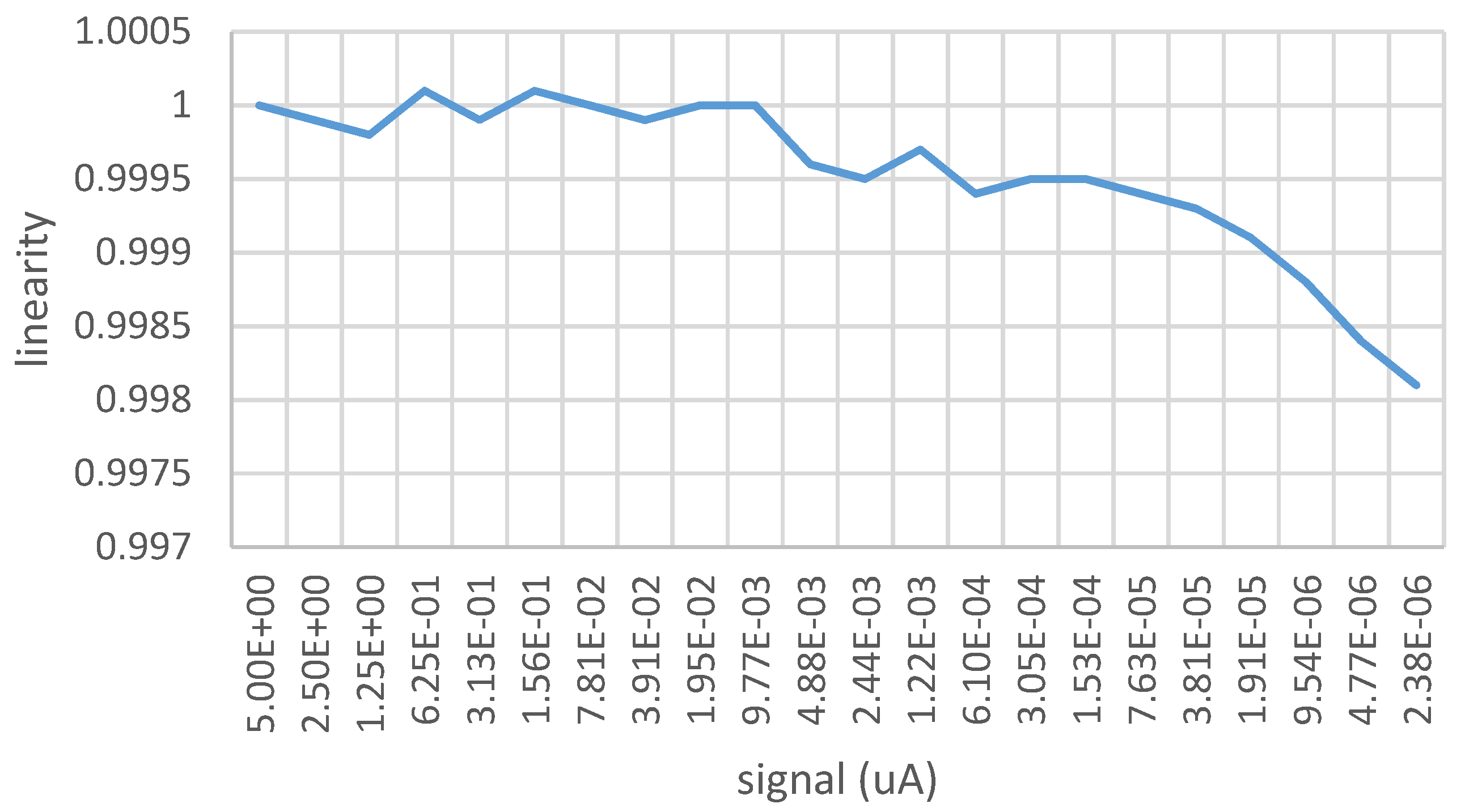
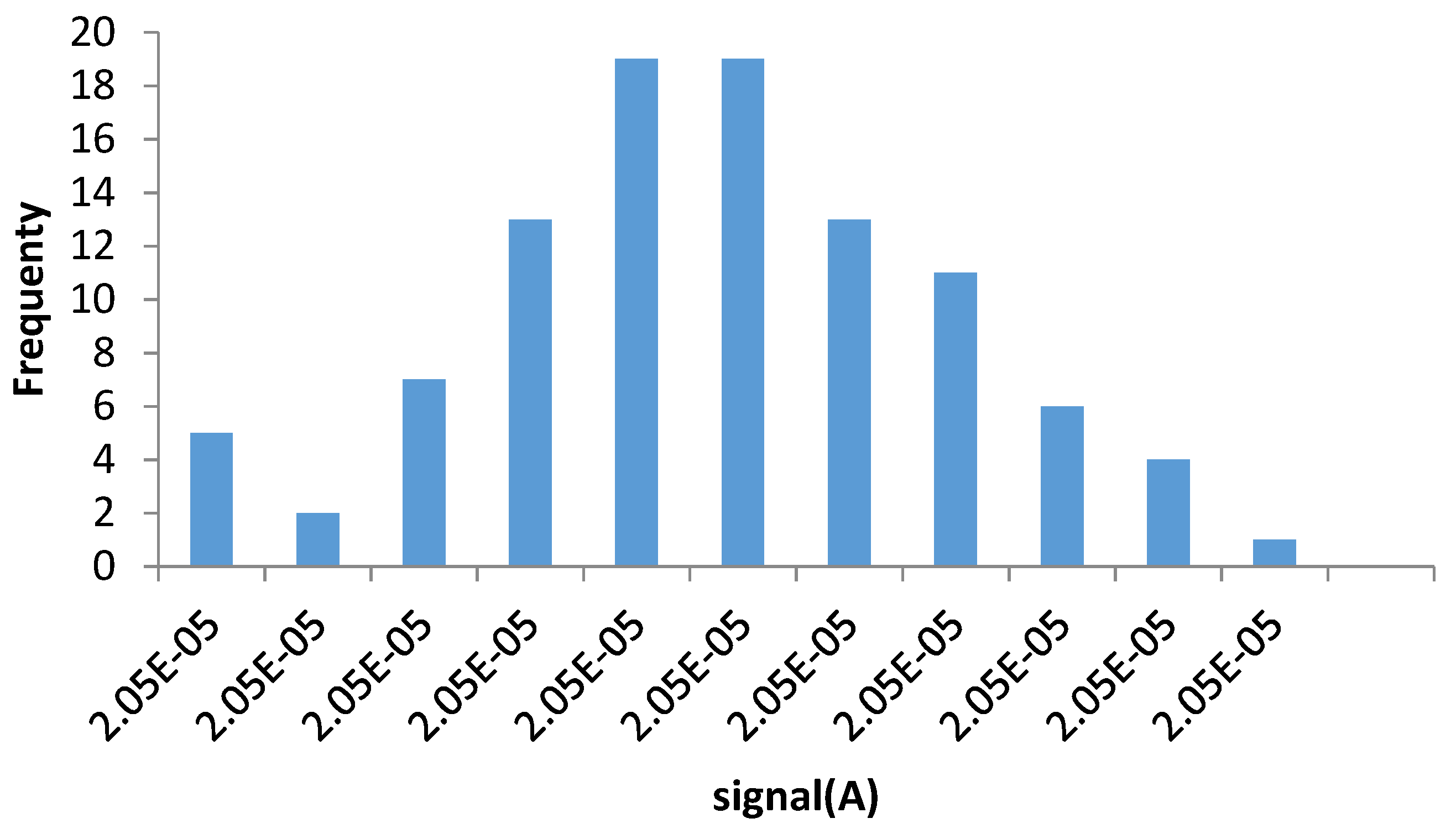
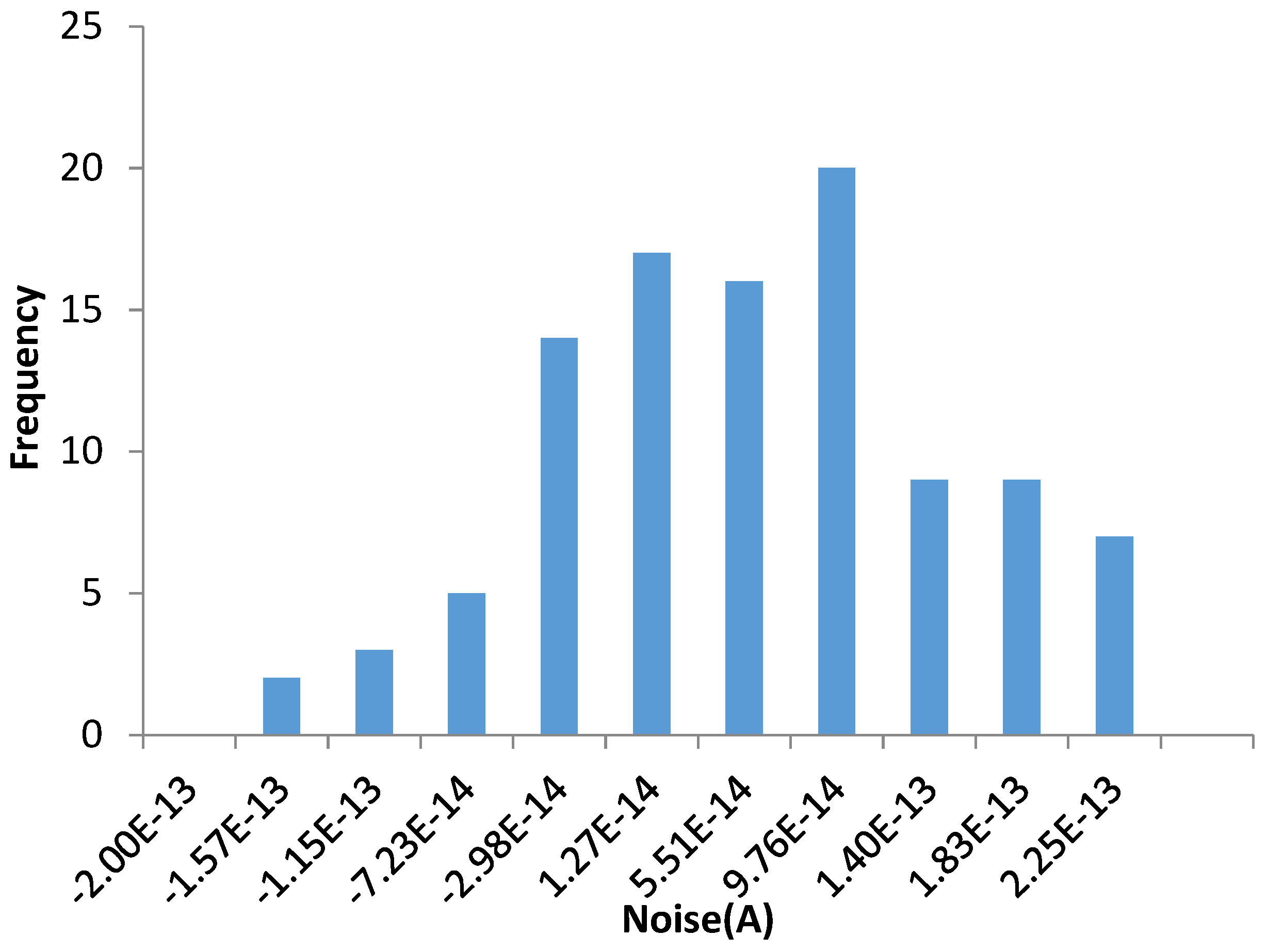
| No | OD | Standard u | Expand Coefficient | Expand u |
|---|---|---|---|---|
| 1 | 6.664 | 0.012 | 2.09 | 0.024 |
| 2 | 6.514 | 0.010 | 2.03 | 0.020 |
| 3 | 6.295 | 0.005 | 2.01 | 0.011 |
| 4 | 6.042 | 0.005 | 2.18 | 0.010 |
| 5 | 5.794 | 0.004 | 2.20 | 0.008 |
| 6 | 5.555 | 0.004 | 2.16 | 0.008 |
© 2019 by the authors. Licensee MDPI, Basel, Switzerland. This article is an open access article distributed under the terms and conditions of the Creative Commons Attribution (CC BY) license (http://creativecommons.org/licenses/by/4.0/).
Share and Cite
Liu, Z.; Li, Y.; Jiang, Y.; Li, J.; Liu, R.; Zhang, S.; Zhang, Q.; Chen, R. A New Diffuse Optics Emitter for High Visual Diffuse Transmission Density Measurement. Appl. Sci. 2019, 9, 2774. https://doi.org/10.3390/app9142774
Liu Z, Li Y, Jiang Y, Li J, Liu R, Zhang S, Zhang Q, Chen R. A New Diffuse Optics Emitter for High Visual Diffuse Transmission Density Measurement. Applied Sciences. 2019; 9(14):2774. https://doi.org/10.3390/app9142774
Chicago/Turabian StyleLiu, Zilong, Yuxiao Li, Yiqin Jiang, Jin Li, Ruping Liu, Shuguo Zhang, Qiaoxiang Zhang, and Rui Chen. 2019. "A New Diffuse Optics Emitter for High Visual Diffuse Transmission Density Measurement" Applied Sciences 9, no. 14: 2774. https://doi.org/10.3390/app9142774
APA StyleLiu, Z., Li, Y., Jiang, Y., Li, J., Liu, R., Zhang, S., Zhang, Q., & Chen, R. (2019). A New Diffuse Optics Emitter for High Visual Diffuse Transmission Density Measurement. Applied Sciences, 9(14), 2774. https://doi.org/10.3390/app9142774






